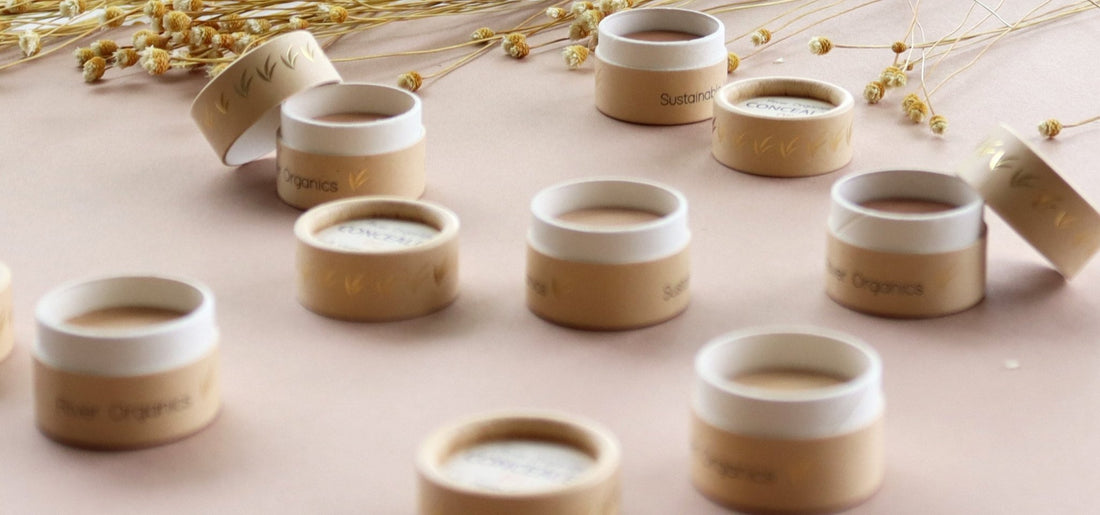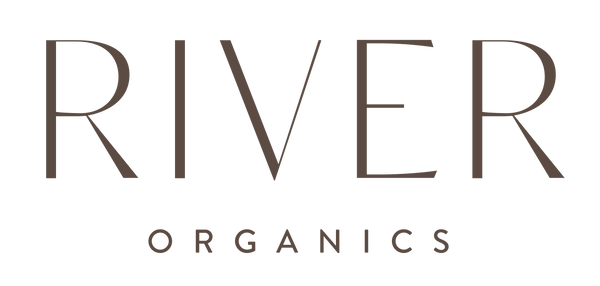
From Fragrance to Formaldehyde: What Women Can Do to Lower Their Toxic Burden
Introduction: The Hidden Ingredients You Didn’t Know You Were “Wearing”
We often think of the air we breathe or the water we drink when we talk about toxins — but for many of us, the biggest chemical exposures happen every day, in our skin care, hair care, and personal care routines. A new study from Columbia University / Mailman School of Public Health gives us powerful, real human evidence that women who avoid certain harmful ingredients can measurably lower their chemical exposure. (publichealth.columbia.edu) That’s huge especially for a brand like us! At River Organics our mission is to create safer, cleaner, earth-friendly formulas. Let’s break down what the study found, why it matters, and how you can use it to empower your customers to lead a healthier lifestyle.
What the Columbia Study Found: Clean Choices Do Make a Difference
In their Taking Stock Study, researchers partnered with communities in South Los Angeles (focusing on Black and Latina women) to test whether “ingredient-aware” product choices result in reduced chemical biomarkers. (publichealth.columbia.edu) Key takeaways: Women who avoided fragranced products had less than half the levels of diethyl phthalate metabolite in their urine compared to those who used fragranced products. Women who avoided oxybenzone (a UV-filter used in sunscreens) had significantly lower levels of that chemical in their bodies. Those who eliminated parabens saw about twofold reductions in methyl and propyl paraben concentrations — though in this study, that reduction didn’t always reach statistical significance. (publichealth.columbia.edu) In short: when women switched to products without fragrance, parabens, or certain UV filters, measurable improvements in biomarker levels followed. (contemporaryobgyn.net) But the study also emphasizes a vital caveat: this strategy alone isn’t enough. The authors call for stronger regulation, ingredient transparency, and industry shifts because consumers shouldn’t have to be chemists to shop safely.
7 Practical Tips to Help Women (and Everyone) Reduce Their Toxic Load
-
Avoid “Fragrance / Parfum” when possible – That vague label often hides dozens of undisclosed chemicals. In the Columbia study, women who avoided fragranced products had significantly lower phthalate metabolites.
-
Skip parabens (especially methyl, propyl, butyl) – These preservatives are linked to endocrine disruption. In the study, participants who eliminated parabens saw marked reductions in biomarkers.
-
Steer clear of oxybenzone (BP-3) and certain UV filters – When women avoided this filter, their body burdens dropped significantly.
-
Be wary of formaldehyde releasers (like DMDM hydantoin, quaternium-15, etc.) – These chemicals are often hidden in “preservative” formulations and release formaldehyde over time.
-
Simplify your beauty shelf – The fewer products and ingredients you use, the fewer chances there are for exposure. Favor multipurpose products with minimal, transparent formulations.
-
Check trusted databases / verify brands – Use tools like EWG’s Skin Deep, or look for third-party certifications.
-
Advocate for transparency & regulation – Encourage your audience to support policies that require full ingredient disclosure and stronger oversight of cosmetic safety.
Conclusion: From Awareness to Action
The Columbia University “Taking Stock” study gives us a powerful reminder: yes, the choices we make in our daily beauty and personal care routines matter. Avoiding fragrance, parabens, and certain UV filters can lead to measurable reductions in chemical exposure. But it’s not just a consumer’s job we need brands, regulators, and communities to change the playing field.
